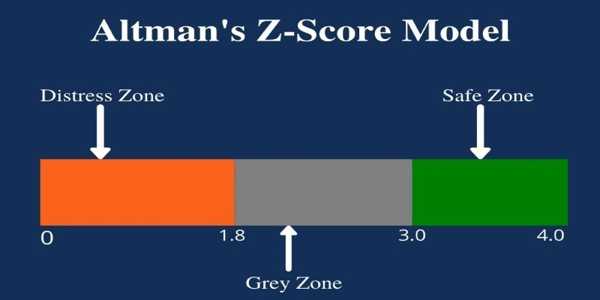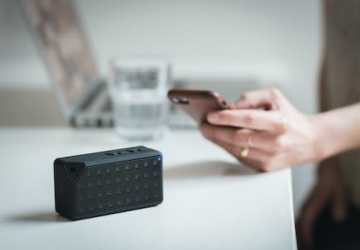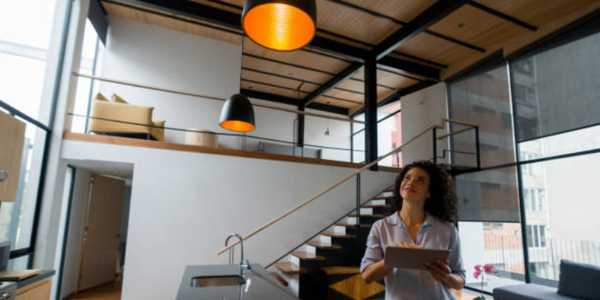Have you ever thought of a time when your house unlocks, your preferred lights switch on and your favorite soundtrack starts playing in the background? Now there’s an option to do this through smart home automation. A couple of years ago, using a smartphone to control lights was a concept worth daydreaming. But nowadays, everyone can achieve this goal without any engineering knowledge. This project is worth considering for people with passion for technology and even for everyday users who want to find effective solutions for mundane activities. Rest assured, accomplishing this is guaranteed to make your home smarter.
Smart Lighting and Home Automation
The goal of smart home automation for lighting is to have the lighting system be controlled remotely, for example, via a smartphone. This can be achieved with smart bulbs and smart switches or even modules that interface with other devices. Some of these devices make it easier for the general public to understand what the phenomenon of smart homes is, like Philips And Hue and LIFX which are simple to install and reliable. However, there is also the possibility to take a DIY route that lets you define the configurations, protocols, and integrations that fit your best needs.
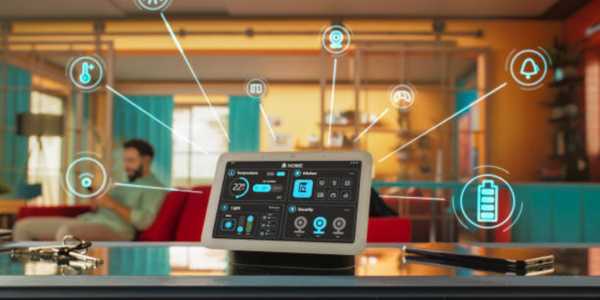
Typically, DIY aficionados start off with microcontrollers in the form of Raspberry Pi or Arduino and even Wifi modules like ESP8266. This technology helps one to develop solutions that automatically talk to their smartphones via apps or can be controlled through speech via digital assistants such as Google Home or Amazon Alexa. Besides being economical, this approach presents phenomena of tremendous intrigue in regards to how the automation system works, allowing one to customize their system.
Self-Made Compared To Ready Made Smart Illumination Products
Perhaps the first important question that you will want to ask is whether to opt for a smart lighting system that’s ready made or build one from scratch. Products like Philips Hue already come with built-in ecosystems which make using them very easy. Philips, for example, gives their clients powerful cloud services, extensive support for other smart home devices, and robust apps. These items are suitable for those who don’t want to spend too much time on an elaborate configuration since they already have polished customer support.
Or, if working on a current project’s technology deeper understanding is the goal, DIY projects offer some degree of engagement. These systems are capable of combining different sensors, controllers, and software into novel home automation systems. In addition, if particular components are already possessed or there is some intention to widen the scope later on, DIY solutions would be easier on your budget. The disadvantage is that these setups can be somewhat more complex and difficult out-of-the-box and will take longer to fix the issues and problems.
Basic Provides Needed For Crafting Smart LED Lamps
There is no need for deep pockets or sophisticated equipment in order to commence smart home lighting projects, which is good news as most people already have the tools required at hand. However, you will need the following tools and components:
Microcontrollers: Gadgets like Raspberry Pi, Arduino or ESP8266 can act as the brain behind the system. They are capable of controlling smart lights and accessing the home network.
Smart Bulbs or Relays: Depending on your method, you could either use smart bulbs which are already Wi-Fi enabled or add a proprietary relay into existing lights for smart control.
Connectivity Modules: Bluetooth or Wi-Fi modules will allow your system to talk to your smartphones effortlessly.
Software Platforms: Home Assistant and OpenHAB are two examples of open-sourced software platforms that assist in the automation of several smart devices functions.
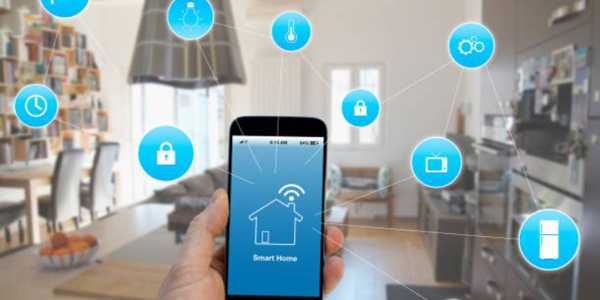
Sensors: Presence and light sensors can aid in the automation of your system by controlling lighting based off of your presence within the room or the amount of light within the environment.
What makes DIY projects more interesting and exciting is thier simplicity and accessibility; such that one can start as small as with a single lamp or one room and expand the range of integrated devices with improved confidence and a better understanding of the process. The opportunities for personalization that DIY projects provide makes it possible for you to explore a wide appropriate configurations to achieve optimal energy efficient and aesthetically pleasing design without compromising convenience.
The Impact of Automation on Smart Lighting Controls
Incorporating smart lighting in your house goes beyond just convenience. It has a multitude of further impacts. One of those impacts is smart lightning creating a sustainable environment by saving a lot of energy. By putting a limit on when or how the lights are used, one can lower the amount of energy that is not needed to be used for expenses and is overall effective for the environment. For example, light sensors in rooms can automatically turn off when they detect the absence of people in a room.
There’s another side to this: the improvement on security that comes with home automation. With smart lighting, it is possible to program the lights to make it look like someone is home even when you are away, which may discourage break-ins. Furthermore, controlling your lighting together with other security systems such as smart cameras and door locks facilitates the creation of a more integrated and proactive home security system.
Additionally, there is room for learning and personal development. Getting involved in Do-It-Yourself projects can also make technology less daunting and give you the confidence that you need to control and repair smart home installations. The extent of customization that is achievable, combined with the sense of achievement that accompanies it, makes the DIY option especially attractive to anyone with a penchant for innovation or problem solving.
Comparing Platforms And Ecosystems
The difference when controlling your lights through your mobile phone can greatly depend on what software platform you choose. Open source platforms, like Home Assistant, are much more flexible and compatible with many other devices. These platforms, often maintained by dedicated communities, provide a good infrastructure for automation as they allow you to set complex rules to control your lights based on the hour, the weather, or even your location. Such platforms tend to have active members who publish plugins, integrations, or give support which makes these platforms great for DIYers.
On the other hand, commercial systems tend to be more effortless since they provide customer service. Their ecosystems are usually ioered, meaning therel is perfect connectivity between devices, although this sometimes ransuchitudoing complexity. There is less freedom in this environment, but those who value reliability and easiness above meddling will have less stress. The choice split between these systems comes from the appeal of flexibility and the ease of completely finished systems.
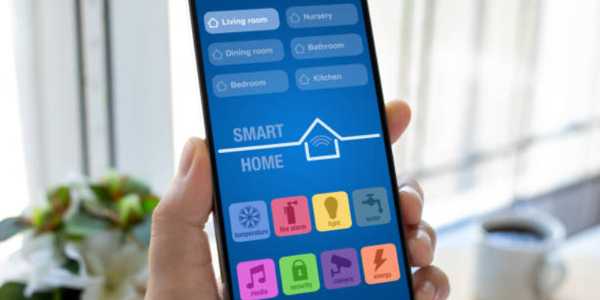
What will Smart Home Lighting Look Like in the Future?
Smart home automation is a constantly changing industry, and smart lighting is no different. In the future it is likely that artificial intelligence (AI) along with machine learning will be incorporated into home automation platform. After some time, your smart lighting system will know your habits and would automatically adjust to saving energy while increasing your comfort without having to lift a finger.
As more companies begin to utilize comprehensive standards for smart home devices, it will be easier to integrate multiple smart bulbs, switches, and sensors that different companies manufacture. This greatly expands the potential of DIY enthusiasts, affording them even more flexibility controlling how their homes are configured.






